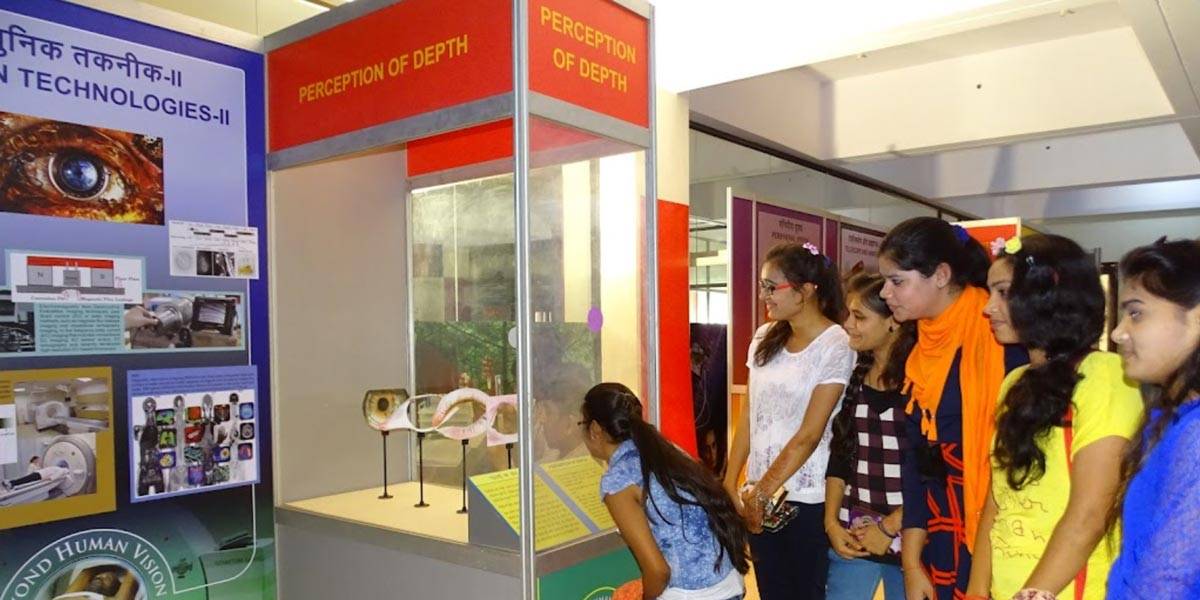



Beyond Human Vision Gallery
This world is not as we see through our lenses but somewhat different.
This exhibition on Beyond Human Vision is about one of the finest outcome of evolution on earth a light sensing Organ ” eye “. Magnified view of this biological specimens, is no way different from others it is as crude as others however it is the most finely tuned evolution in the world of living beings.
This light sensing organ can be compared with camera which preserves or translates the falling light on to it to some sort of visual perceptionn. In the case of the camera, visual perception is developed through dyes that are activated by the light and which can later be developed into a picture. Otherway in digital cameras, the light activates transistor-like pixels to store a digital record of the light level falling on each pixel. But in living being photochemical substances of the eyes activate special neurons that send signals to the visual perception of neural network.
There are innumerous species which have eyes some are similar to human being few are different, but each has its different capability and limits. We have some predicament in our hind sight that species other than human being see the world differently.
When we think about this, our heart feels expressing sympathy for the “poor” species incapable to see the world as wonderfully as we human being can. Though it is true that our visual acuity is admirable, there are animals that see things that we cannot, or see the world in ways that we can only imagine.
The ability to see color works more or less the same for all living things. Each color represents a different wavelength. When light hits an object, some wavelengths are absorbed and others bounce back. This creates what we call color. We human are trichromats meaning we have special cell in our eyes called cone cells capable of detecting Red, blue and green, when stimulated, these cells send signals to the brain, where they are interpreted into an image with color information.
However, we will be amazed to find that some animals possess cones that are able to detect ultraviolet wavelengths and other animals are able to detect infrared wavelengths. Additionally, some birds have cones other than those previously mentioned, meaning they can see colors we cannot.
Bees have cones for yellow, blue, and ultraviolet light. This means they see wavelengths we cannot, in addition to blues and yellows and mixes of those two colors. The UV information in particular guides them to the nectar they need, as most flowers have patterns in the UV range that we can’t see.
Through this exhibition containing interactive exhibits and informative panels we are unveiling the arcane which is beyond human vision.
